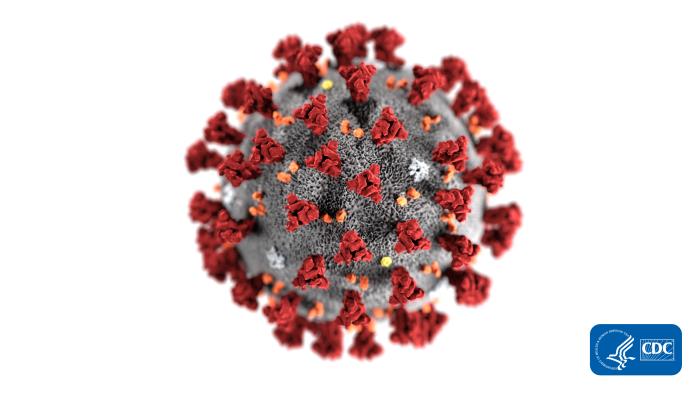SARS-CoV-2/COVID-19 has affected millions of people worldwide. The trend of coronavirus disease 2019 (COVID-19) cases is not similar across countries, with several countries experiencing a decrease in the daily reported cases and deaths, while several others are reporting a surge in the daily reported cases and deaths. Bukhari, et al. (2020) acknowledge that studies of prior epidemics have suggested oscillatory patterns and cyclicity when analyzing long-term (ie, decades) epidemiological data; however, the researchers say to their knowledge, high-frequency oscillations (ie, weekly) have not been reported during prior epidemics. In this cross-sectional study, the researchers investigate oscillatory patterns in COVID-19 cases and deaths.
Bukhari, et al. (2020) explain that this study was not submitted for institutional review board approval and informed consent was not sought because it uses publicly available data at the population level, in accordance with 45 CFR §46.
The researchers identified oscillatory patterns in the daily reported new cases and deaths with a periodicity of approximately 1 week for the US, Germany, Canada, Italy, Brazil, and the United Kingdom. The data from Germany and Italy show dampened oscillations (decreasing amplitude with time) for both newly reported infections and deaths, with a −92% change in peak-to-peak oscillatory pattern in the daily reported deaths in Germany between April and July 2020, which might indicate a substantial decay in the spread of the virus. However, the data from the US and Brazil show no sign of dampening, with a −43% change in peak-to-peak oscillatory pattern in the daily reported deaths in the U.S. between April and July 2020, which suggests that the U.S. and Brazil are still not at the decaying phase. The spectral density plot in panel B of the Figure confirms an oscillatory pattern of 7 days. The rose plot in panel C of the Figure shows the polar histogram of the phase angle difference between daily new cases and deaths and demonstrates a lag between daily new cases and deaths of 2 days for the U.S. and 1 day for Germany. However, this lag is not due to the epidemiology of the disease but possibly is associated with bias in the surveillance system.
Reference: Bukhari Q, et al. Periodic Oscillations in Daily Reported Infections and Deaths for Coronavirus Disease 2019. JAMA Netw Open. 2020;3(8):e2017521. doi:10.1001/jamanetworkopen.2020.17521

Hi mates, nice post and nice arguments commented here, I am actually enjoying by these.
This is a topic that is close to my heart… Many thanks! Where are your contact details though?
I don’t even know the way I stopped up here, however I thought this post was good. I don’t understand who you’re however definitely you are going to a famous blogger for those who are not already. Cheers!
I really like it when people come together and share opinions. Great blog, keep it up!
I’m now not sure where you are getting your info, however good topic. I needs to spend a while studying more or working out more. Thank you for fantastic information I used to be on the lookout for this information for my mission.
I used to be recommended this website by way of my cousin. I am now not sure whether this post is written by way of him as no one else recognize such detailed approximately my difficulty. You are amazing! Thank you!